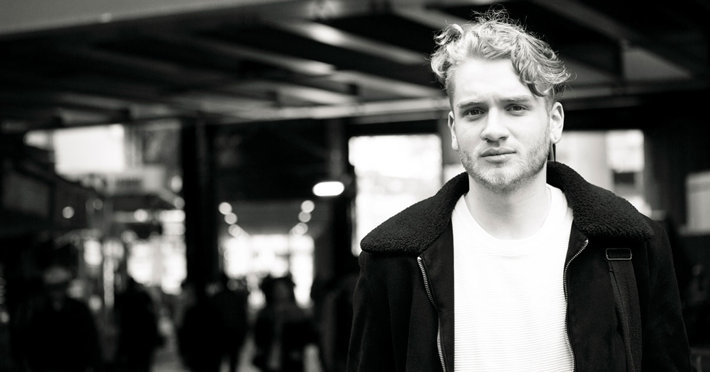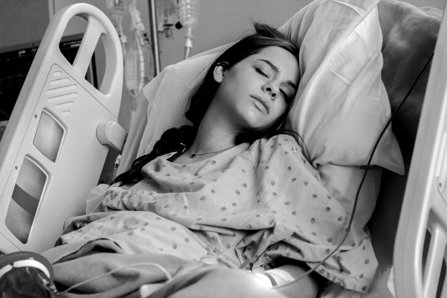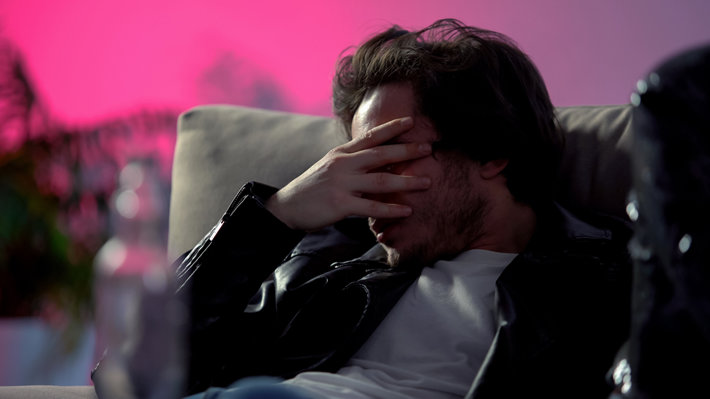Alcoholic Energy Drinks – The Rise and Fall of a Dangerous Substance Marketed to Young People

The recent history of alcoholic energy drinks is worth discussing. Such substances were not legal for long, but they were quite dangerous, harmful, and highly popular while they were. One might say these items are history, but they’re recent history, and some lessons can be learned from talking about them.
At the time of this writing, some of these drinks are regaining legal status, albeit with different ingredients. That impresses upon us, the consumers, the importance of learning about these potentially dangerous beverages.
What are Alcoholic Energy Drinks? How Did They Get Their Start?
In the early-2000s, it became popular for young people to mix energy drinks with alcoholic beverages. Alcohol manufacturers observed this trend, and although they already knew the danger in combining alcohol with high-caffeine and high-sugar beverages like energy drinks, they capitalized on the market opportunity anyway.
And so alcoholic energy drinks were born, premixed concoctions of sugary, caffeinated, carbonated, flavored drinks spiked with alcohol.
The most popular alcoholic energy drink to first hit the shelves was Four Loko, made by Phusion Projects. Though Four Loko was just a 24 ounce can of carbonated liquid, it had the caffeine equivalent of three cups of black coffee and the alcohol equivalent of three cans of beer. Most cans of Four Loko were 12 percent alcohol by volume, significantly higher than most beers.

Shortly after Four Loko was released for purchase in 2010, concerns mounted over how the “energy” component of the beverage masked the feelings of intoxication normally associated with alcohol use. These concerns were legitimate, too, as 2010 saw dozens of accidents and injuries across the U.S. attributed to Four Loko consumption among young people, namely college students. Two young people even died from drinking Four Loko. Both of them were underage.
Unfortunately, at the time of this writing, Four Loko is once again legal in most states. It is not sold with the same caffeine concentration that it used to have, but it is back on the shelves nonetheless.
What Makes Alcoholic Energy Drinks so Appealing to Young People?
Alcoholic energy drinks were most popular among young people, namely adolescents and college students. According to a report released by the American Psychological Association, “The advertising of these drinks may have had a strong impact on young people. Research suggests that there is an association between advertising exposure and adolescents’ drinking behaviors. Results from one study indicate that advertising exposure is positively associated with increased alcohol consumption (among youths), and each per-capita dollar spent on advertising is associated with a 3 percent increase in the number of drinks consumed each month. Research also suggests that the manufacturers’ use of social networking sites and other new media advertising strategies may have had a strong impact upon adolescent consumers.” It seems clear that alcohol manufacturers knew alcoholic energy drinks would be appealing to a younger, underage consumer base, yet they made the beverages anyway.
“The advertising of these drinks may have had a strong impact on young people. Research suggests that there is an association between advertising exposure and adolescents’ drinking behaviors.”
Young people are already much more likely to consume energy drinks than older adults. That fact increases the likelihood that they’ll add alcohol to their energy drinks, even if doing so is dangerous. According to the Centers for Disease Control and Prevention, “Mixing alcohol with energy drinks is a popular practice, especially among young people in the United States. In 2017, 10.6% of students in grades 8, 10, and 12 and 31.8% of young adults aged 19 to 28 reported consuming alcohol mixed with energy drinks at least once in the past year.” Given that young people were already self-mixing alcohol and energy drinks, alcohol manufacturers saw the creation of pre-mixed beverages as an easy buck for their coffers.
A Warning from the FDA
In 2010, the Food and Drug Administration issued a firm warning to the alcohol manufacturers who were making alcoholic energy drinks at the time. The warning amounted to the FDA telling manufacturers that adding caffeine to alcoholic beverages was an “unsafe food additive.” The companies could experience further reprimands if they didn’t pull their products from shelves. The four companies and the products they were making were:
- Charge Beverages Corporation, which makes “Core High Gravity HG Green,” “Core High Gravity HG Orange,” and “Lemon Lime Core Spiked.”
- New Century Brewing Company, LLC, which makes “Moonshot.”
- Phusion Projects, LLC (doing business as Drink Four Brewing Company), which makes “Four Loko.”
- United Brands, which makes “Joose” and “Max.”
For some time, these drinks completely disappeared from shelves. But some years later, many alcohol manufacturers brought back their alcoholic “energy” drinks, labeled as such but made with a significantly reduced caffeine content.
Health Risks from Alcoholic Energy Drinks

Shortly after alcoholic energy drinks became popular, the Centers for Disease Control and Prevention released a warning on the dangers of mixing alcohol and caffeine. The CDC reported that people who mix alcohol and energy drinks are four times more likely to binge drink than those who do not mix alcohol with energy drinks. The CDC data also revealed that people who mix these substances are “More likely than drinkers who do not mix alcohol with energy drinks to report unwanted or unprotected sex, driving drunk or riding with a driver who was intoxicated, or sustaining alcohol-related injuries.”
The CDC summarized its report by explaining how, when alcohol is mixed with caffeine, the caffeine can mask the depressant effects of alcohol, making drinkers feel more alert than they would otherwise. This can then lead to drinkers consuming more alcohol and becoming more impaired than they may realize. All of this increases the risk for alcohol-attributable harms.
The Future of Alcoholic Energy Drinks
Alcoholic energy drinks were so harmful and so clearly dangerous to consumer health that they were only legal and sold for a year before earning product bans all across the United States. Given the known health risks that come from combining a powerful stimulant (energy drinks) with a powerful depressant (alcohol), it’s a surprise that these products were authorized for production in the first place. Now, many of these drinks are back, but in altered form. Most do not have anywhere near the caffeine content that they once did.
The lesson to be learned from alcoholic energy drinks is that no form of alcohol consumption is ever safe or okay. Furthermore, parents, families, and young people alike need to be mindful of the products they consume. Just because a product is legal does not make it safe.
In closing, the words of Temple University professor Thomas Guild, interviewed by Scientific American, are appropriate here. “The consumption of these drinks may lead to serious problems. If co-administration of alcohol and caffeine allow people to drink for longer periods of time because of reduced sedation, they may consume more alcohol; this could lead to serious health risks. In addition, if the co-use of these give a false sense of security that leads an individual to believe they are less impaired than they are, they may be more likely to make poor decisions or put themselves in harm’s way. College students who consumed either alcohol or alcohol–caffeine beverages reported being taken advantage of sexually or being injured (more often) compared to those consuming only alcohol.”
As Americans, it’s our job to protect our family members, loved ones, and communities. Alcoholic energy drinks had their heyday, but they may be back. It’s up to us to ensure these substances do not become popular again. It’s also up to us to ensure that young people do not mix alcohol with energy drinks. Doing so is very dangerous.
Sources:
- https://www.apa.org/monitor/2012/02/jn#
- https://www.cdc.gov/alcohol/fact-sheets/caffeine-and-alcohol.htm
- https://www.fda.gov/food/food-additives-petitions/caffeinated-alcoholic-beverages
- https://www.scientificamerican.com/article/caffeine-alcohol-mix-dangerous/
Reviewed by Claire Pinelli, ICCADC, CCS, LADC, RAS, MCAP, LCDC


 ®
®